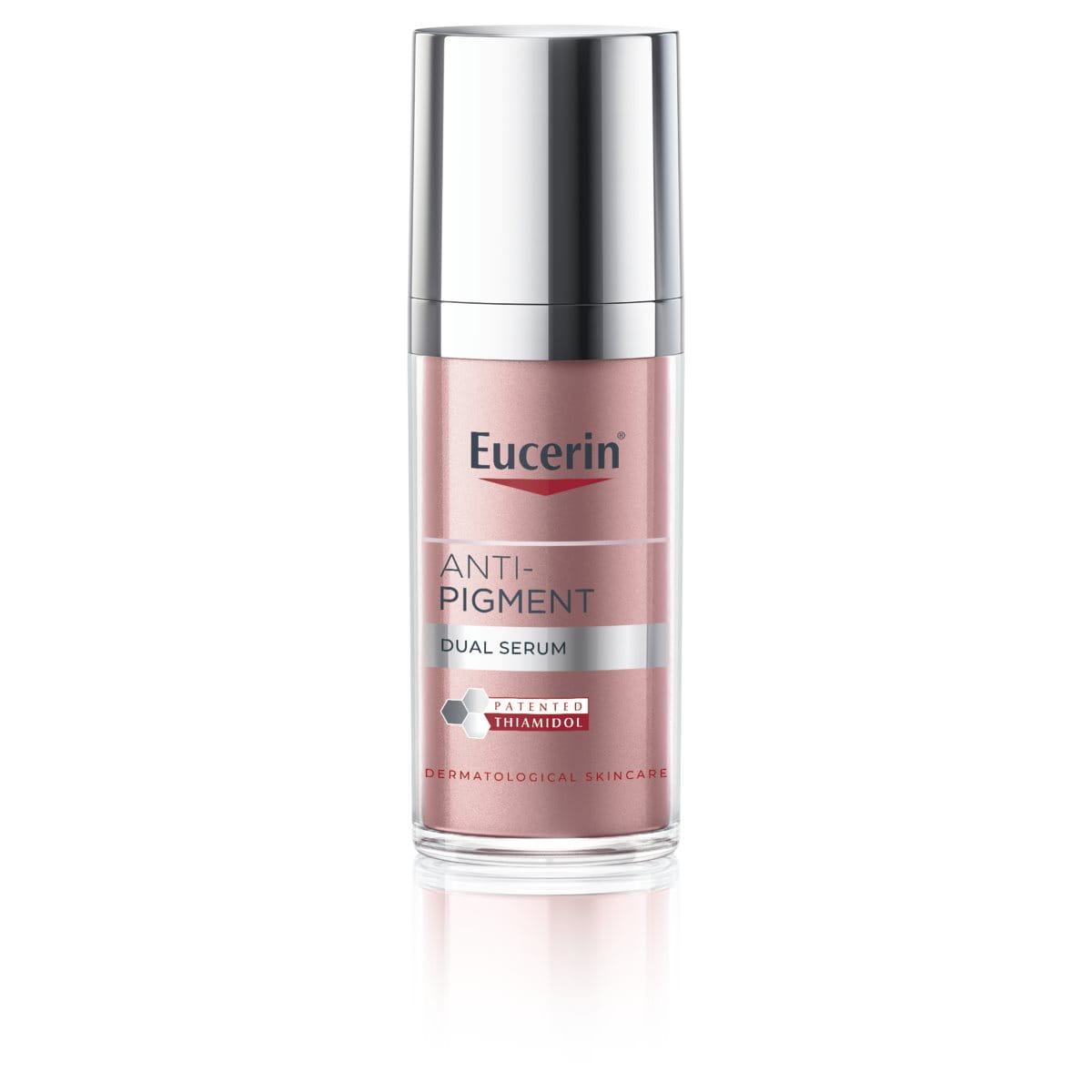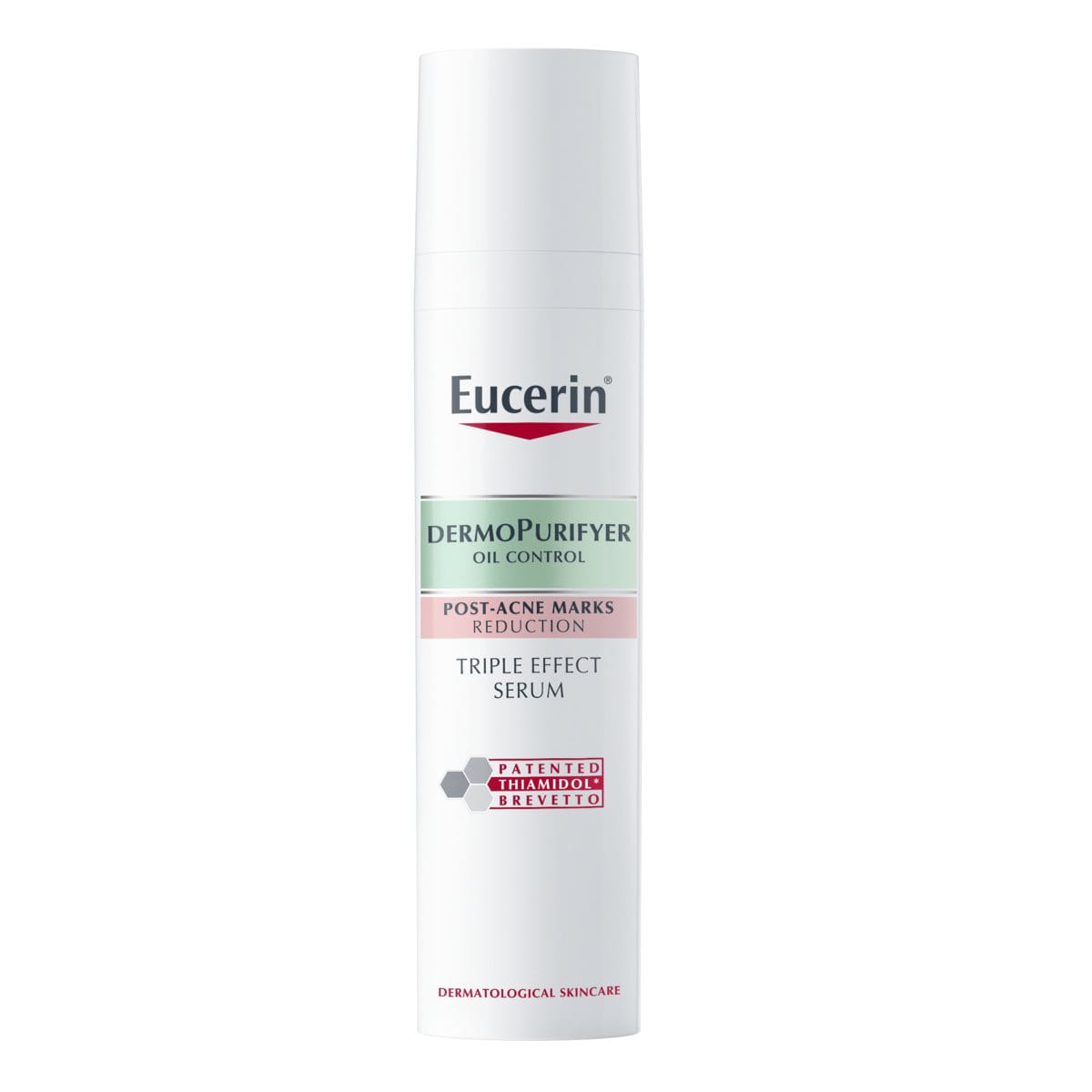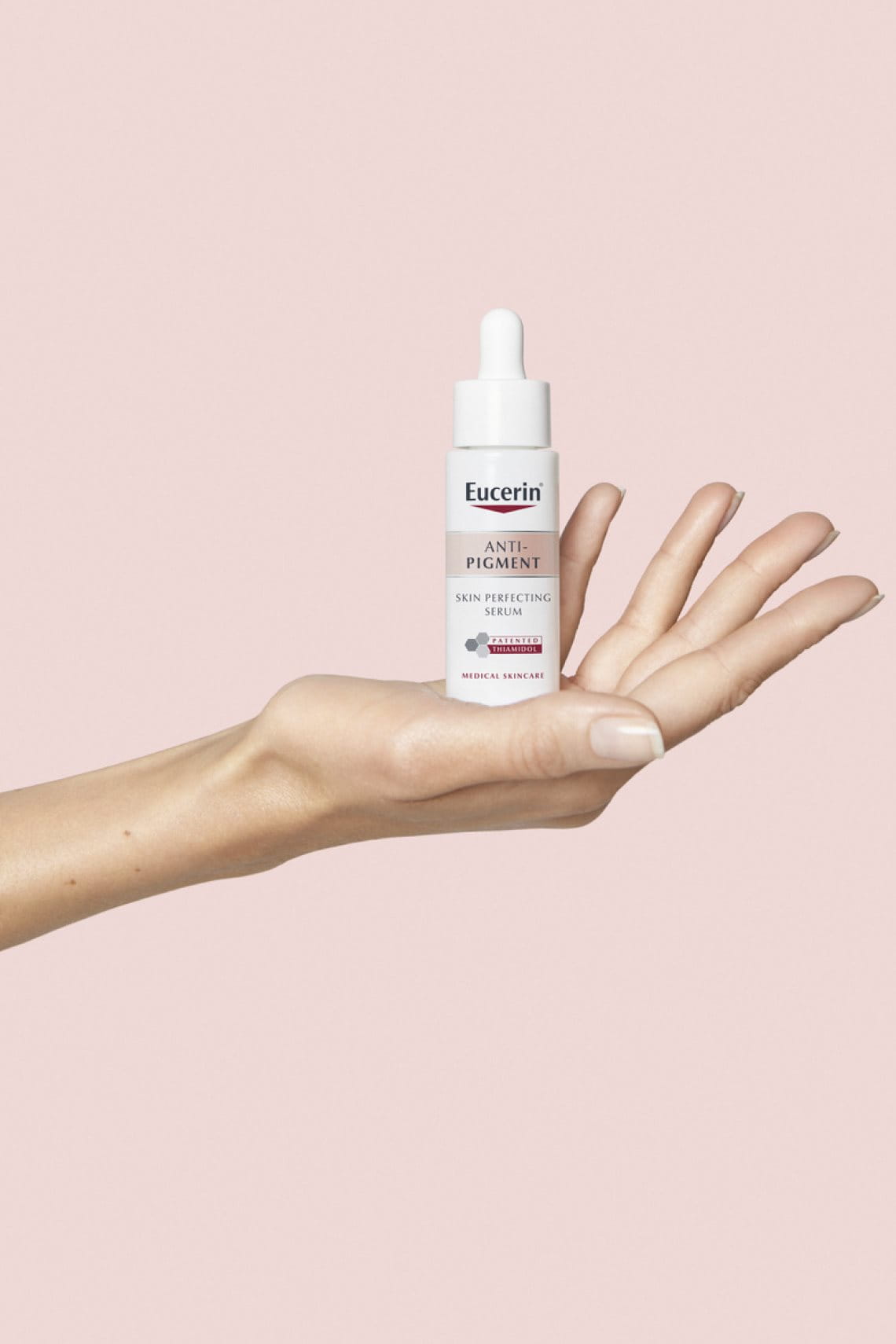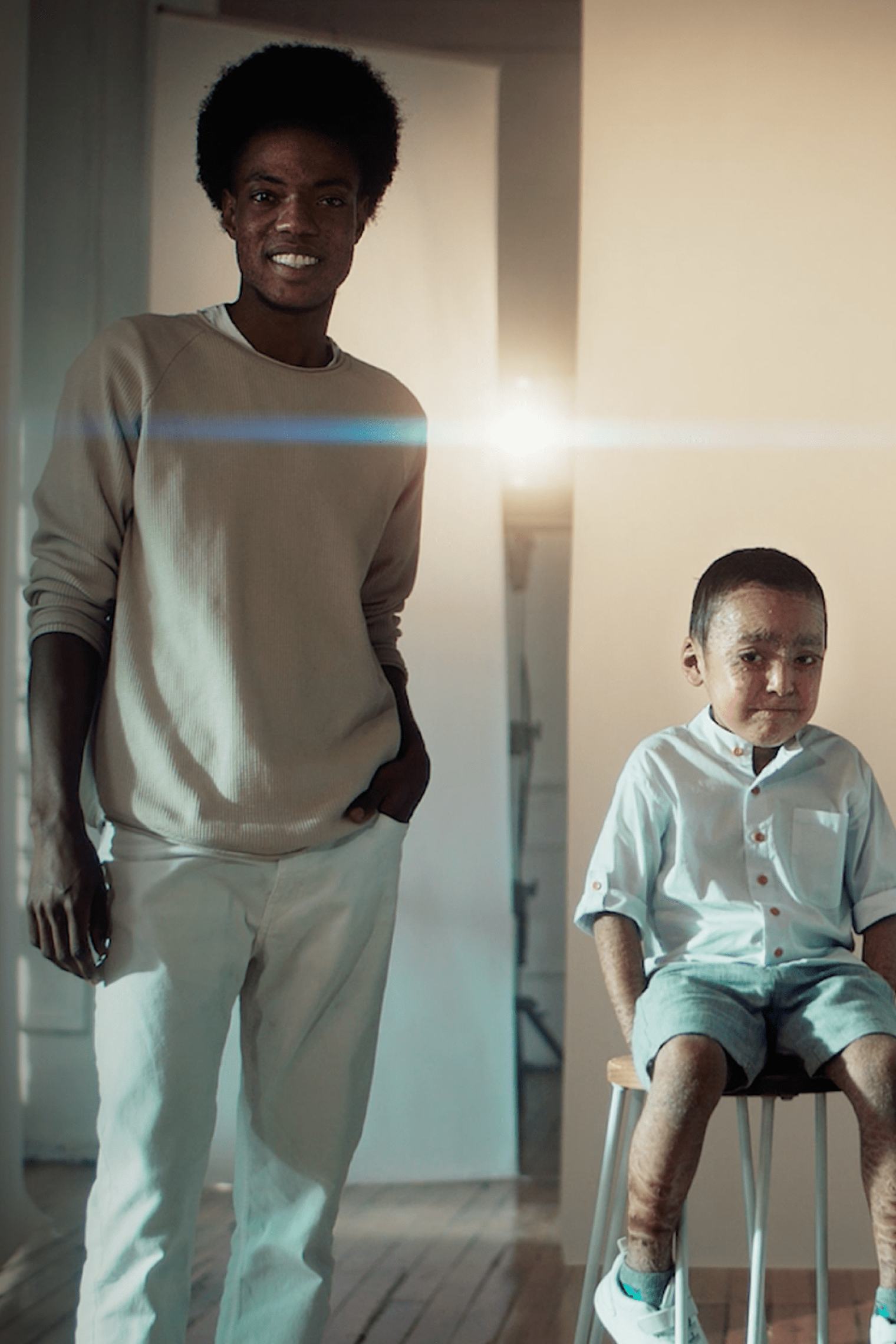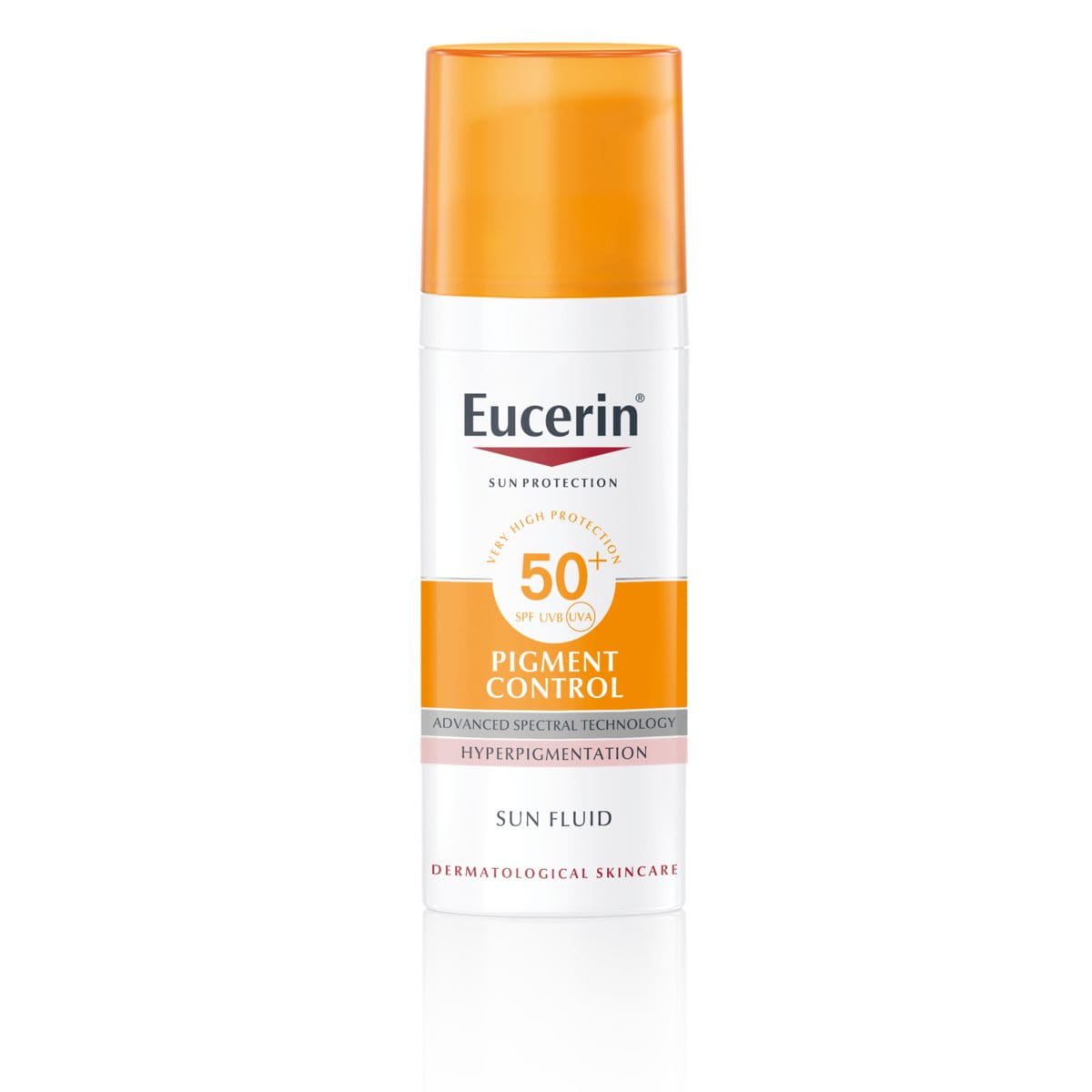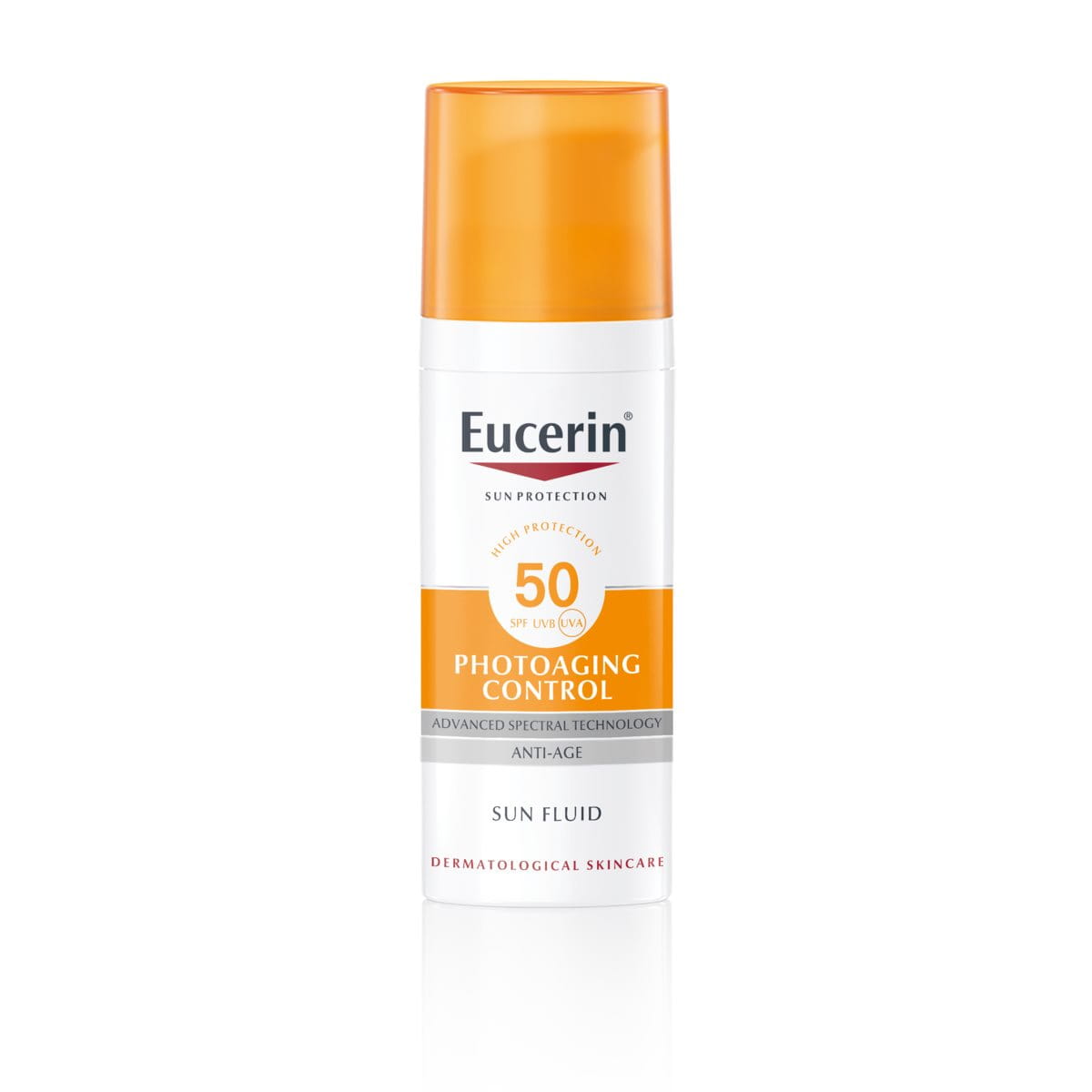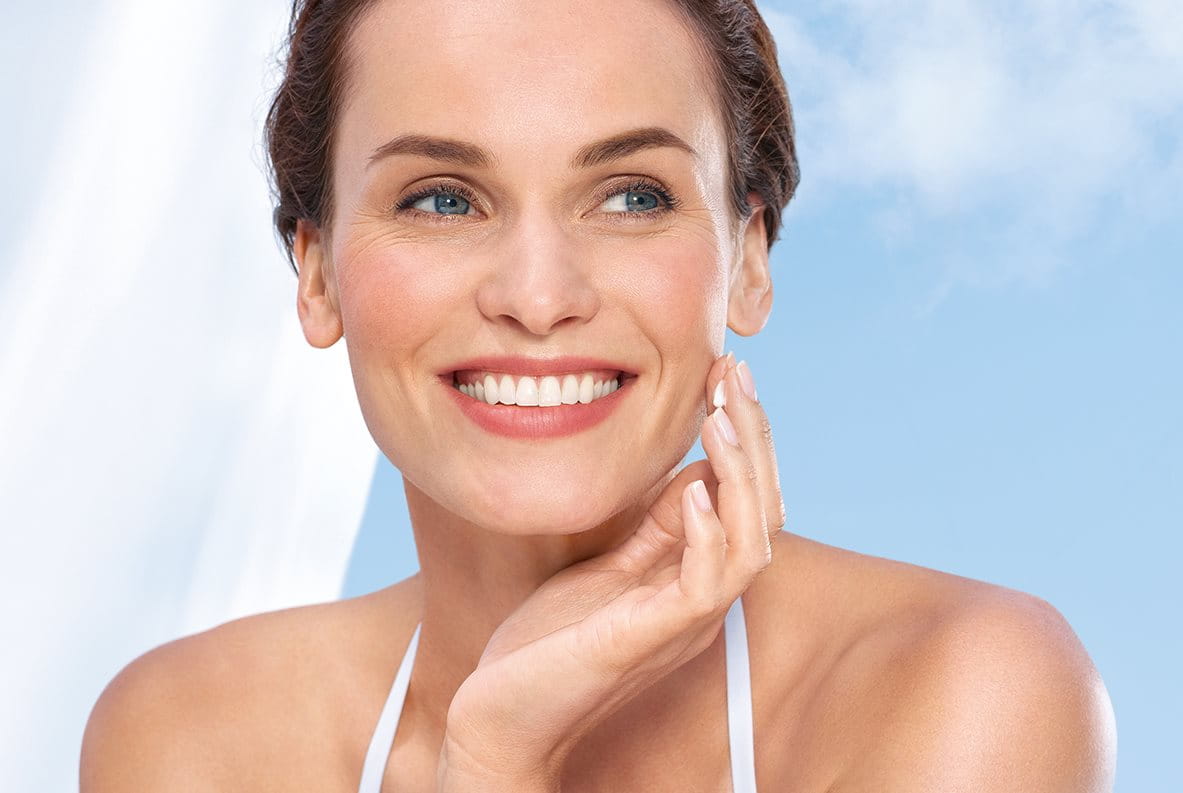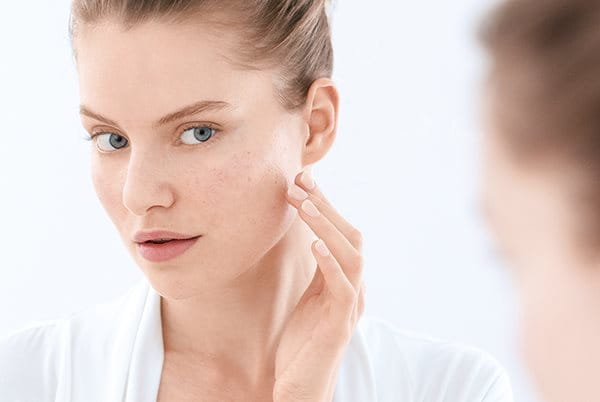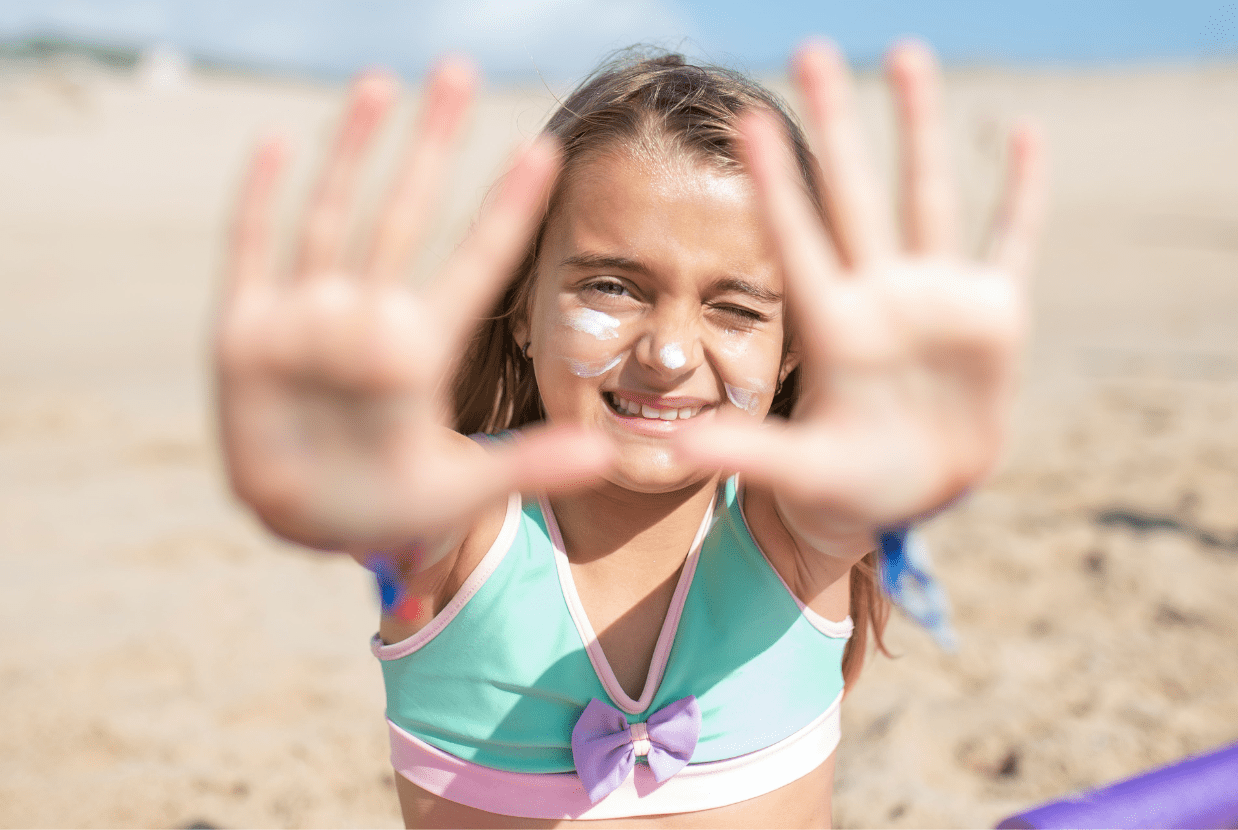Over-exposure to the sun is the main cause of premature ageing in the skin which is known as photoaging or sun damaged skin. The sun’s UVA rays are primarily responsible, but high-energy visible (HEVIS) light can also cause oxidative stress that damages cellular DNA. As a result, skin starts to form wrinkles, sag and develop pigmentation issues before its time. Ensuring skin is properly protected year-round, and using superior sun care products, can help to prevent photoaging.
What is photoaging?
Photoaging is premature skin ageing caused by overexposure to the sun’s rays.
When skin ages prematurely it develops signs of ageing faster than one would expect. Research shows that up to 90% of all symptoms of premature skin ageing are caused by UV exposure1.
1 Ramos-e-Silva et al., ‘Anti-ageing cosmetics: Facts and controversies’. Clin Dermatol. 2013 Nov-Dec; 31(6): 750-8.
What is the difference between general skin ageing and premature skin ageing?
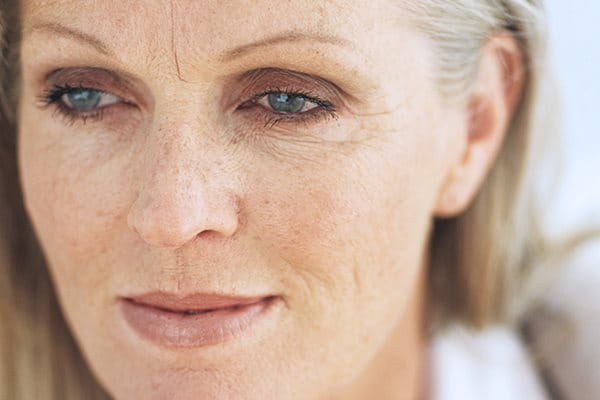
As skin ages, it changes:
- The collagen and elastin responsible for the plumpness of youthful skin deplete skin starts to lose volume and sag and develops fine lines and wrinkles.
- Skin is less able to attract and retain the moisture it needs and the skin’s own production of Natural Moisturising Factors depletes. It becomes drier.
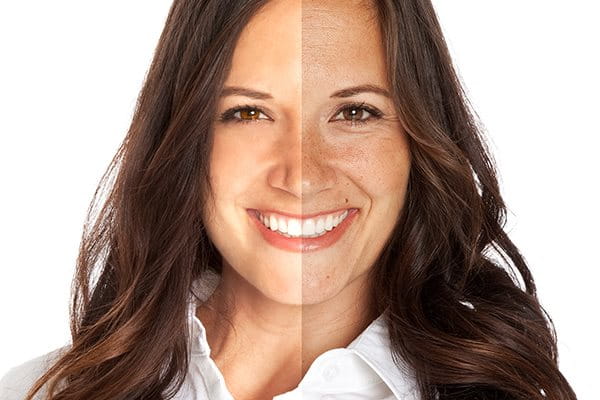
- It can develop uneven pigmentation such as dark spots known as hyperpigmentation, a form of which is solar lentigines (more commonly known as age spots or sun spots).
- You can find out more about How does skin change over the years?
You can find out more about How does skin change over the years?
There are two types of skin ageing − intrinsic and extrinsic:
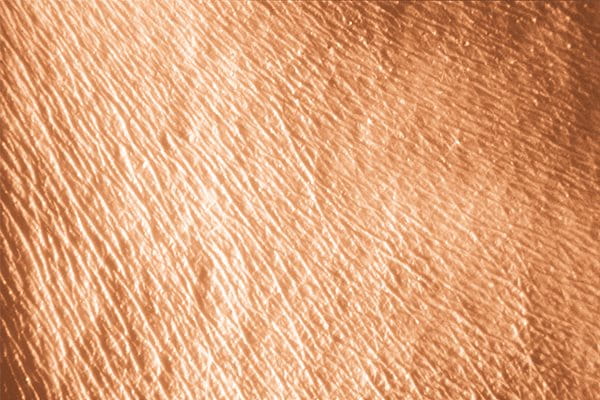
Intrinsic ageing
As we age, so does our skin. This type of ageing is entirely natural and there’s nothing we can do about it. It is known as intrinsic (or chronological) ageing. Intrinsic ageing is brought about by internal factors such as our genetics and the hormonal changes that happen at the different stages of life.
Extrinsic ageing
Extrinsic ageing, on the other hand, is controllable. Extrinsic ageing is brought about by external factors such as the environment (weather conditions and sun exposure), lifestyle choices (such as smoking and drinking alcohol) and medication. These factors can cause the skin to age prematurely.
A UV camera can reveal sun-induced skin damage before it is visible to the human eye.
What are the signs & symptoms of photoaging?
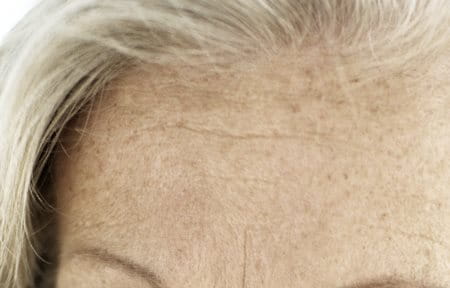
Photoaging or sun damaged skin can cause some symptoms and visible conditions due to prolonged time outside without sun protection. UV light damages your skin and over time, this will build up and cause changes in the skin which can make you appear older.
These include:
What causes photoaging?
Photoaging (Sun damaged skin) is caused by overexposure to the sun.
The photons in the sun’s UVB & UVA are two kinds of UV light which are directly attributed to sun damaged skin and they are classifed as such below:
UVB:
- The photons in the sun’s UVB rays are absorbed by skin cells and cause direct damage to cellular DNA. UVB is what causes our skin to burn in the sun and the direct DNA damage can also lead to skin diseases including skin cancer.
UVA:
- While this direct DNA damage plays a part in the photoaging of the skin, it’s the sun’s UVA rays that are the main cause of premature ageing in the skin. UVA rays also damage cellular DNA, but they do so indirectly: they trigger the formation of free radicals and it’s these free radicals that damage our DNA in a process known as oxidative stress.
Recent research has also shown that high-energy visible (HEVIS) light rays contribute to the premature ageing of the skin, though to a much lesser extent than UVA. Read more about How the sun’s UVA, UVB and HEVIS light rays affect the skin.
UVA rays are less intense than UVB, but they are 30 to 50 times more prevalent and are present with relatively equal intensity during all daylight hours throughout the year so it is important to apply sun protection on a daily basis, and all-year-round, to prevent sun damage to the skin. We also recommend that you look out for suncare products that include protection from HEVIS light.
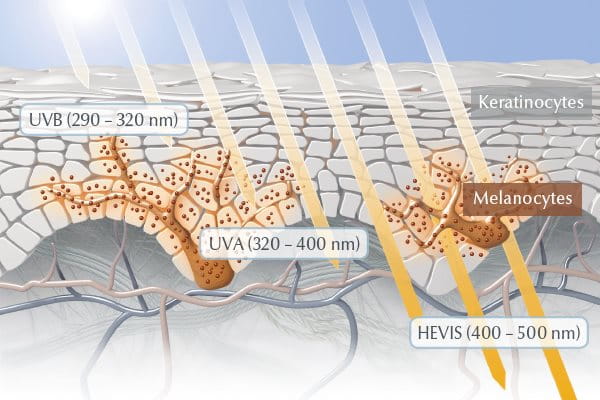
How can I protect my skin from photoaging?
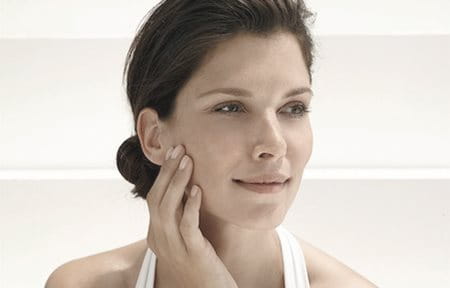
The best way to protect skin from photoaging is to limit the time spent in the sun, avoid it during its most intense hours, wear protective clothing and apply a superior sun protection product that offers the level of protection that your skin needs. We also recommend that you use sun protection products that have been specially formulated to suit your skin type and condition.
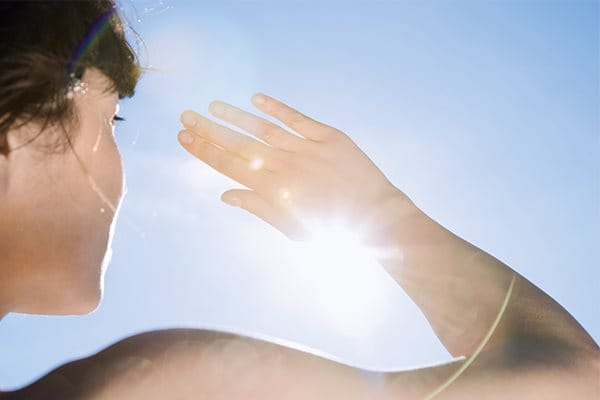
All face and body sunscreens in the Eucerin sun protection range for adults include Eucerin’s Advanced Spectral Technology which combines broadband and photostable UVA/UVB filters1 for superior UV protection with Licochalcone A, a powerful antioxidant which works to neutralise the free radicals caused by UV and HEVIS light. The Eucerin range of sun protection products also works to protect sensitive young skin from premature skin ageing. Find out more in Why do babies and children need special sun protection?
If photoaging is your primary skin concern try:
Eucerin Sun Fluid Photoaging Control SPF 50 or SPF 30 and Eucerin Sun Pigment Control Tinted Light SPF50+.
In addition to Eucerin’s Advanced Spectral Technology, the products contain Glycyrrhetinic Acid which supports skin’s own DNA repair mechanism and Hyaluronic Acid which visibly reduces signs of ageing. The tinted products also contain colour pigments that help to cover uneven pigmentation and instantly unify the complexion. Tinted SPF also works well for applying under and over makeup. Find out more about reapplying sunscreen over makeup here.
If hyperpigmentation on your face is your primary skin concern try Eucerin Sun Fluid Pigment Control SPF 50+.
In addition to Eucerin’s Advanced Spectral Technology it contains Glycyrrhetinic Acid (to support skin’s own DNA repair mechanism) and Thiamidol. A unique and patented active, Thiamidol acts at the root cause of hyperpigmentation.
While prevention is best, once you have dark spots Thiamidol is clinically and dermatologically proven to reduce dark spots and prevent their re-appearance.
If you already have pigmentation concerns such as sun or age spots, the Eucerin Anti-Pigment range is clinically proven to be effective at fading them and preventing their reappearance.
You can read more about how to minimise the risks of exposure, how to choose the right sun protection products for your skin and how best to apply them in Why do I need daily sun protection for my face? and How should I protect my body from the sun?
1 Meeting the highest standards for UVA and UVB protection as defined by Cosmetics Europe. The levels of UVA protection are higher than the EU requirement.
Our brand values

We deliver a holistic dermo-cosmetic approach to protect your skin, keep it healthy and radiant.

For over 100 years, we have dedicated ourselves to researching and innovating in the field of skin science. We believe in creating active ingredients and soothing formulas with high tolerability that work to help you live your life better each day.

We work together with leading dermatologist and pharmacist partners around the world to create innovative and effective skincare products they can trust and recommend.
